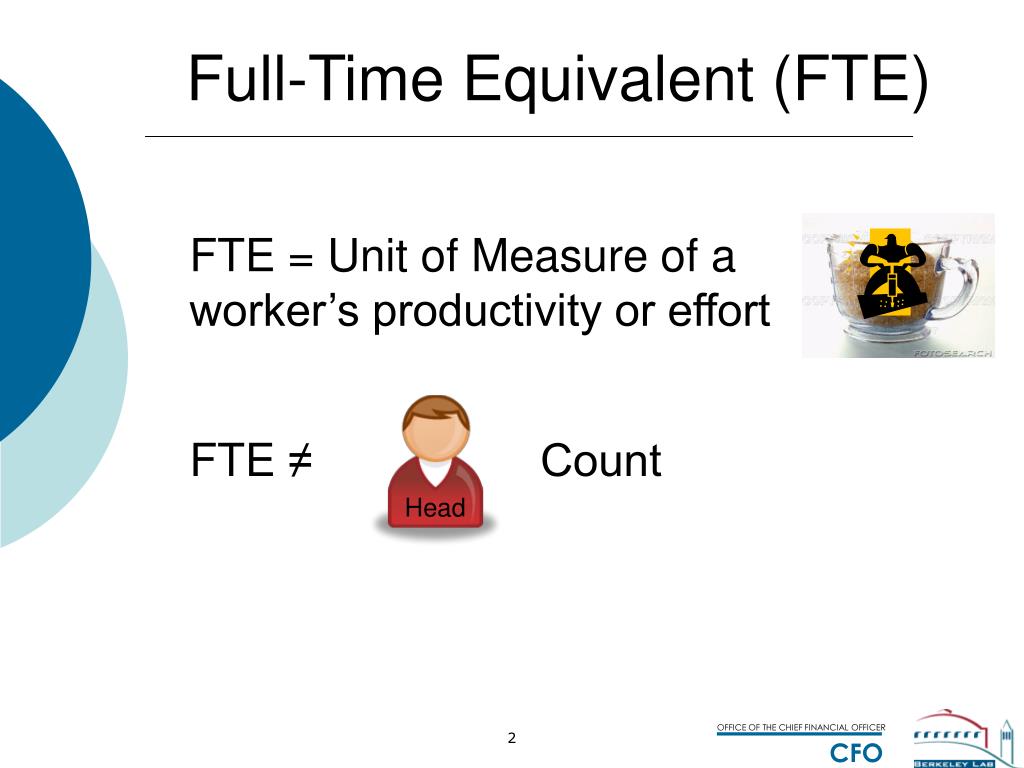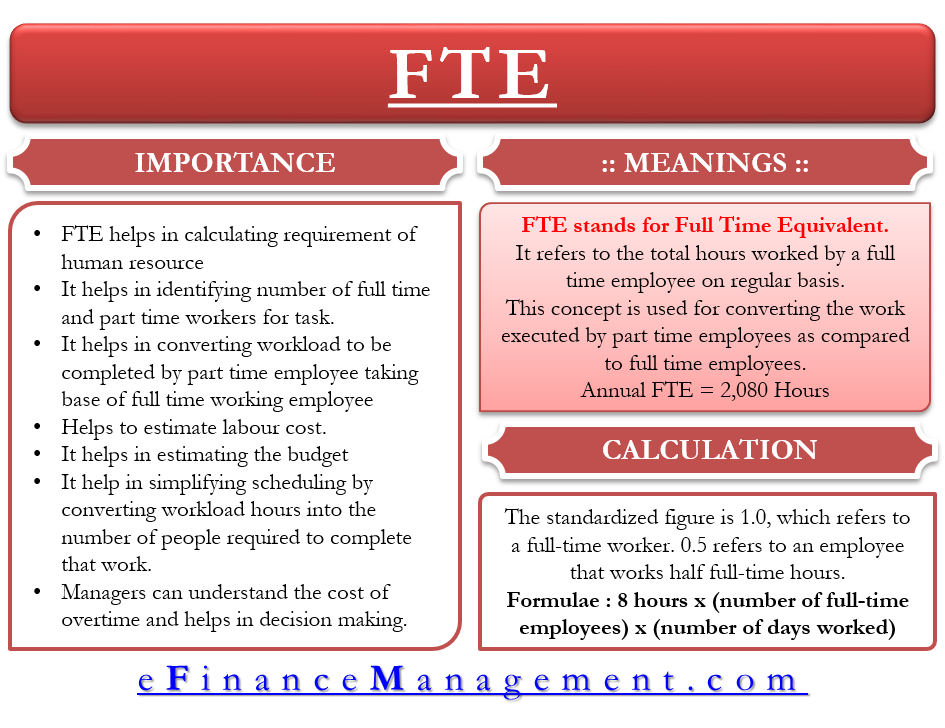What is fte in education – In the realm of education, FTE stands tall as a crucial metric that shapes staffing decisions and funding allocations. Delving into the intricacies of Full-Time Equivalency, we embark on a journey to unravel its significance and explore its multifaceted applications.
FTE serves as a standardized measure that equates part-time students to their full-time counterparts, enabling educational institutions to accurately determine resource allocation. By understanding the nuances of FTE calculations and its impact on educational outcomes, we gain a deeper appreciation for its role in fostering a vibrant and equitable learning environment.
Definition of FTE in Education
In the educational context, Full-Time Equivalency (FTE) is a standardized measure that quantifies the workload of students and faculty members. It represents the amount of time spent on educational activities relative to a full-time student or faculty member.
FTE is calculated by dividing the total number of contact hours or workload hours by the number of hours considered to be full-time. For students, this typically involves dividing the number of credit hours taken by the number of credit hours required for full-time status.
For faculty members, it involves dividing the number of teaching hours or workload hours by the number of hours considered to be full-time for their specific role.
Do not overlook explore the latest data about educate in a sentence.
Significance of FTE
FTE plays a crucial role in educational institutions as it serves as a basis for determining staffing levels and allocating funding. By calculating FTE, institutions can determine the number of faculty members required to teach the current student population and ensure adequate staffing for academic programs.
Additionally, FTE is used to allocate funding from government agencies and other funding sources. Funding is often distributed based on the number of FTE students or faculty members, which ensures that institutions receive financial support proportionate to their workload and student population.
Methods for Calculating FTE: What Is Fte In Education
Calculating FTE (Full-Time Equivalency) in education is crucial for resource allocation, planning, and policy decisions. Various methods are employed to determine FTE, each with its advantages and disadvantages.
The most common methods include:
Headcount Method
This method simply counts the number of students enrolled in a program or institution. It is straightforward to calculate and provides a snapshot of the overall student population.
Advantages:Simple and easy to implement.
Finish your research with information from mason county board of education.
Disadvantages:Does not account for variations in student workload or enrollment intensity.
Enrollment-Based Method
This method considers the number of credit hours or course units taken by students. It provides a more accurate measure of student workload and is often used in institutions with variable credit systems.
Obtain direct knowledge about the efficiency of mardel christian & education denton tx through case studies.
Advantages:Reflects student workload and enrollment intensity.
Disadvantages:Can be complex to calculate, especially for programs with multiple course options.
Workload-Based Method
This method calculates FTE based on the actual workload of students, considering factors such as contact hours, assignments, and projects. It is the most comprehensive method but also the most complex and time-consuming to implement.
Advantages:Provides the most accurate measure of student workload.
Disadvantages:Difficult and time-consuming to calculate, requires detailed data collection.
Applications of FTE in Education
FTE serves as a valuable metric in various aspects of education, enabling informed decision-making and resource allocation. It plays a crucial role in:
Determining Teacher Staffing Needs
FTE helps determine the number of teachers required to meet student needs. By considering the number of students and their attendance patterns, schools can ensure adequate staffing levels to provide effective instruction and support student learning.
Allocating Funding for Schools and Programs
FTE is a key factor in allocating funding to schools and educational programs. Governments and funding agencies use FTE to distribute resources equitably, ensuring that schools with higher student enrollment or greater need receive the necessary support.
Monitoring Student Progress and Performance
FTE is used to track student progress and performance over time. By analyzing FTE data, schools and educators can identify trends, monitor student retention rates, and evaluate the effectiveness of educational programs.
Challenges and Considerations
Calculating FTE accurately poses challenges due to variations in student attendance and course loads. Fluctuating student attendance, influenced by factors like class schedules, extracurricular activities, and personal commitments, can impact FTE calculations. Additionally, variations in course loads, such as students taking different numbers of courses or withdrawing from classes, can further complicate FTE determination.
Considerations for Using FTE
Using FTE as a measure of educational resources and outcomes requires careful consideration. FTE provides an overall measure of student enrollment and workload but may not fully capture the complexity of educational experiences. Factors like student engagement, learning outcomes, and the quality of instruction are not directly reflected in FTE calculations.
Therefore, it is crucial to consider FTE in conjunction with other metrics to gain a more comprehensive understanding of educational effectiveness.
Comparison to Other Metrics
FTE in education is often compared to other metrics used to measure student enrollment and attendance. Two commonly used metrics are Average Daily Attendance (ADA) and Headcount.
Average Daily Attendance (ADA)is a measure of the average number of students present in school each day. It is calculated by dividing the total number of student attendance days by the number of school days in a given period. ADA is often used to determine funding for schools and to track student attendance patterns.
Headcountis a measure of the total number of students enrolled in a school or program. It is typically taken at a specific point in time, such as the beginning of the school year. Headcount is often used to determine the size of a school or program and to track enrollment trends.
FTE, ADA, and Headcount are all important metrics for measuring student enrollment and attendance. However, each metric has its own strengths and weaknesses.
FTE vs. ADA
- FTE is a more accurate measure of student enrollment than ADA because it takes into account the number of hours that students are enrolled in school. This is important because students who are enrolled in part-time programs will have a lower FTE than students who are enrolled in full-time programs.
- ADA is a more accurate measure of student attendance than FTE because it takes into account the number of days that students are present in school. This is important because students who are absent from school will have a lower ADA than students who are present.
FTE vs. Headcount
- FTE is a more accurate measure of student enrollment than Headcount because it takes into account the number of hours that students are enrolled in school. This is important because students who are enrolled in part-time programs will have a lower FTE than students who are enrolled in full-time programs.
- Headcount is a more accurate measure of the size of a school or program than FTE because it counts all students who are enrolled, regardless of their enrollment status.
Applications of FTE, ADA, and Headcount, What is fte in education
FTE, ADA, and Headcount are all used for a variety of purposes in education. Some of the most common applications include:
- Determining funding for schools
- Tracking student enrollment and attendance patterns
- Planning for future enrollment growth
- Evaluating the effectiveness of educational programs
Examples of FTE in Education
FTE plays a crucial role in various aspects of educational institutions. Here are some real-world examples that illustrate its practical applications:
FTE in Funding and Resource Allocation
- The government allocates funding to schools based on their FTE enrollment. This ensures that schools receive adequate resources to support the number of students they serve.
- Colleges and universities use FTE to determine faculty workload and staffing levels. This helps ensure that students have access to qualified instructors and support services.
FTE in Student Services
- FTE is used to calculate the number of students eligible for financial aid and other student support services. This ensures that students who need assistance receive it in a timely manner.
- FTE helps universities track student progress and identify students who may be struggling academically. This allows for early intervention and support.
FTE in Institutional Planning
- FTE is used to forecast future enrollment trends and plan for future growth. This helps institutions make informed decisions about infrastructure, staffing, and curriculum development.
- FTE is used to evaluate the effectiveness of educational programs and make adjustments as needed. This ensures that students are receiving the best possible education.
Summary
FTE stands as a cornerstone in the educational landscape, providing a reliable basis for resource allocation and strategic planning. Its multifaceted applications extend beyond mere numbers, influencing the very fabric of educational experiences. As we continue to refine and enhance our understanding of FTE, we empower educational institutions with the tools they need to create an equitable and effective learning ecosystem for all.
FAQ Overview
What is the significance of FTE in education?
FTE plays a pivotal role in determining appropriate staffing levels and allocating funding to schools and programs, ensuring that resources are distributed fairly and efficiently.
How is FTE calculated?
FTE can be calculated using various methods, including headcount, enrollment-based, and workload-based approaches, each with its own advantages and considerations.
How is FTE used to monitor student progress?
FTE serves as a valuable metric for tracking student progress and performance, as it provides a standardized measure of student engagement and academic workload.


